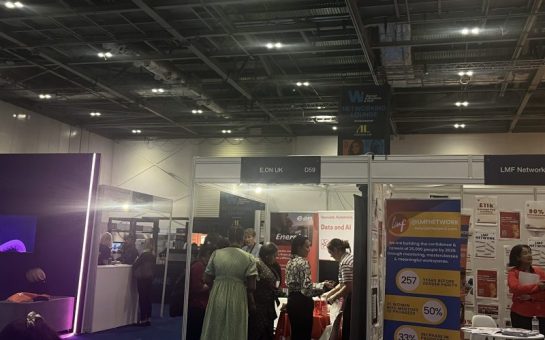When it comes to choosing a monitor for your gaming needs, it helps for you to know about screen technology, and the most suitable specifications available.
In fact, there are numerous factors you should take into account, such as backlight and panel technology, and resolution.
All these technologies and terms, however, can easily lead to confusion, so let’s try to clear up some of that right here.
Each type of monitor panel has its own advantages and disadvantages.
Panel technology is especially important, as it has an effect on the monitor in terms of what it’s capable of and for what purposes it’s best used for.
You could buy the best computer gadgets available, and your monitor panel would still have a significant influence over certain types of users.
The Right Panel Type
Which panel types best suits you largely depends upon your personal preference and usage. After all, office workers, graphic designers, and gamers each have different requirements.
The UK gaming market can particularly benefit from having the right panel.
Twisted Nematic (TN) monitors are the oldest of all LCD panel types. They’re cheaper than VA and IPS monitors, and are a popular choice for laptop and desktop displays.
Vertical Alignment (VA) panels, on the other hand, were designed to make up for the restrictions of TN monitors. Modern VA monitors provide wider viewing angles, enhanced colour reproduction, and far higher contrast.
Now let’s look at another type of monitor: the IPS monitor.
IPS stands for in-plane switching, and is a form of panel technology for Liquid Crystal Display (LCD) monitors.
You’ll find that they have the best image quality over other types of monitors. They also have the best viewing angles and colour accuracy, making them ideal for gamers who like to do more with their computers.
Of course, these advantages also mean that they come with higher price tags. But there’s a definite case to suggest that the price tag is justified, as you’ll learn below.
Viewing Angles and Shifting Colours
The ability of the liquid crystals in ISP monitors to move horizontally creates enhanced viewing angles.
These expansive angles help to produce superb colour when being viewed from different angles.
Another advantage of IPS monitors over TN monitors is that colours won’t shift on IPS monitors when being at an angle as much as they do on TN monitors.
There are a number of variations of an IPS monitor. These include PLS (Plane-to-Line Switching), P-IPS, e-IPS, H-IPS, and S-IPS.
Since they’re all fairly similar, they’re referred to collectively as “IPS-type” panels. They each claim to provide the key benefits associated with an IPS monitor: super-wide viewing angles and superb colour.
Superior Monitors
With regards to colour accuracy, IPS monitors easily surpass the performance of VA and TN monitors.
While there are comparative performance specs with the latest generation of VA technologies, pro users insist that IPS monitors are superior in this area.
IPS monitors can also support such professional colours space technologies as Adobe RG. This is because IPS monitors can offer more displayable colours, which helps to improve colour accuracy.
It used to be the case that contrast and response time were disadvantages of IPS monitors.
These days, however, their response times have progressed markedly, and they can now satisfy the expectations of gamers, leading to an increased popularity in the gaming market.
Of course, panels aren’t the only specification of a monitor, so as a buyer, you should take other aspects into account.
For example, you may have a preference for portable monitors. So, if you want the best portable monitors for MacBook Pro with IPS technology, feel free to shop around.
The Same but Different
It’s worth pointing out that some displays may be termed “IPS-level” or a variant of it.
This essentially means that the panel isn’t LG-made, and so the vendor doesn’t have permission to refer to the display as IPS. When it comes to the end results and technology, however, they appear the same.




